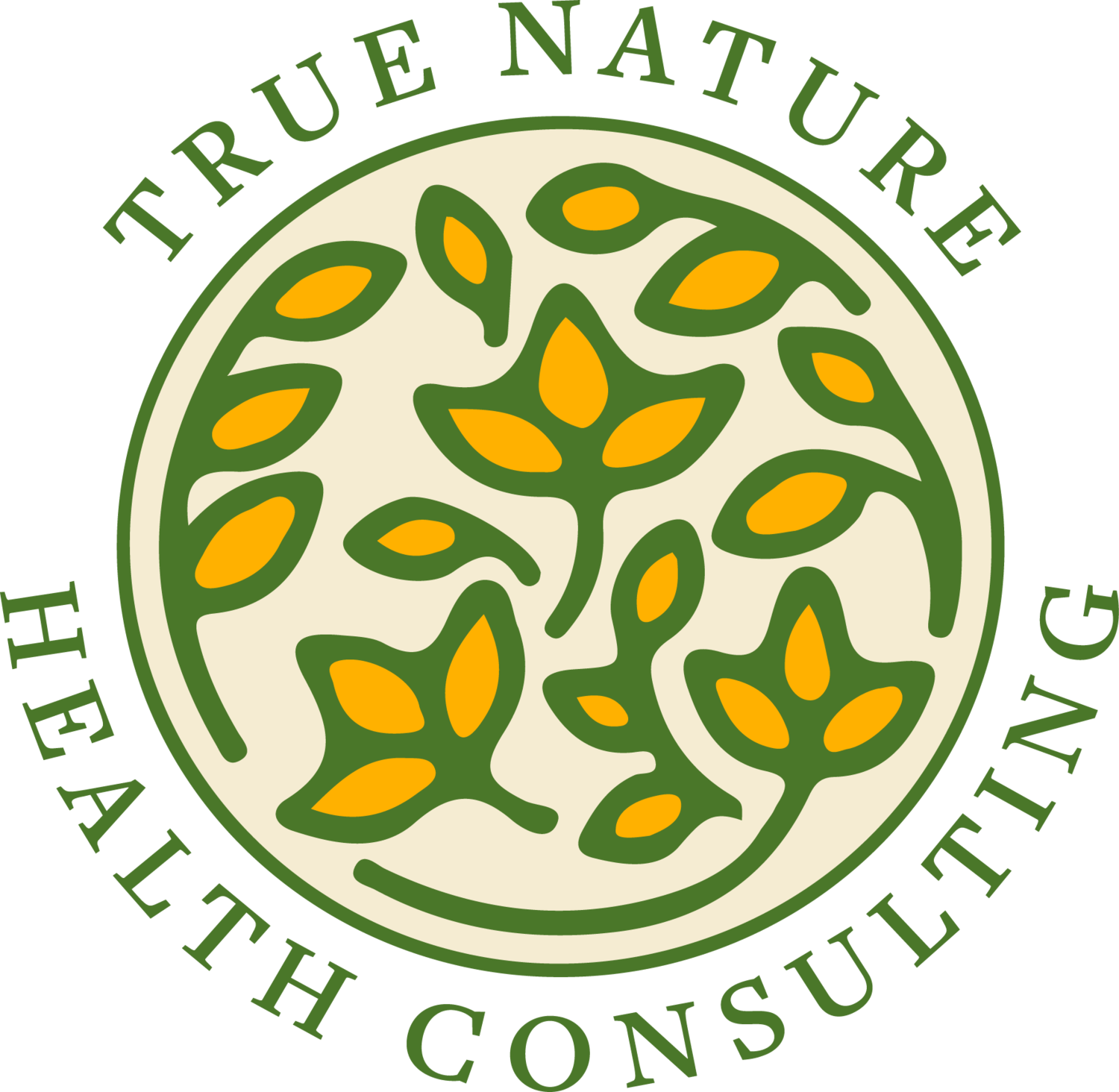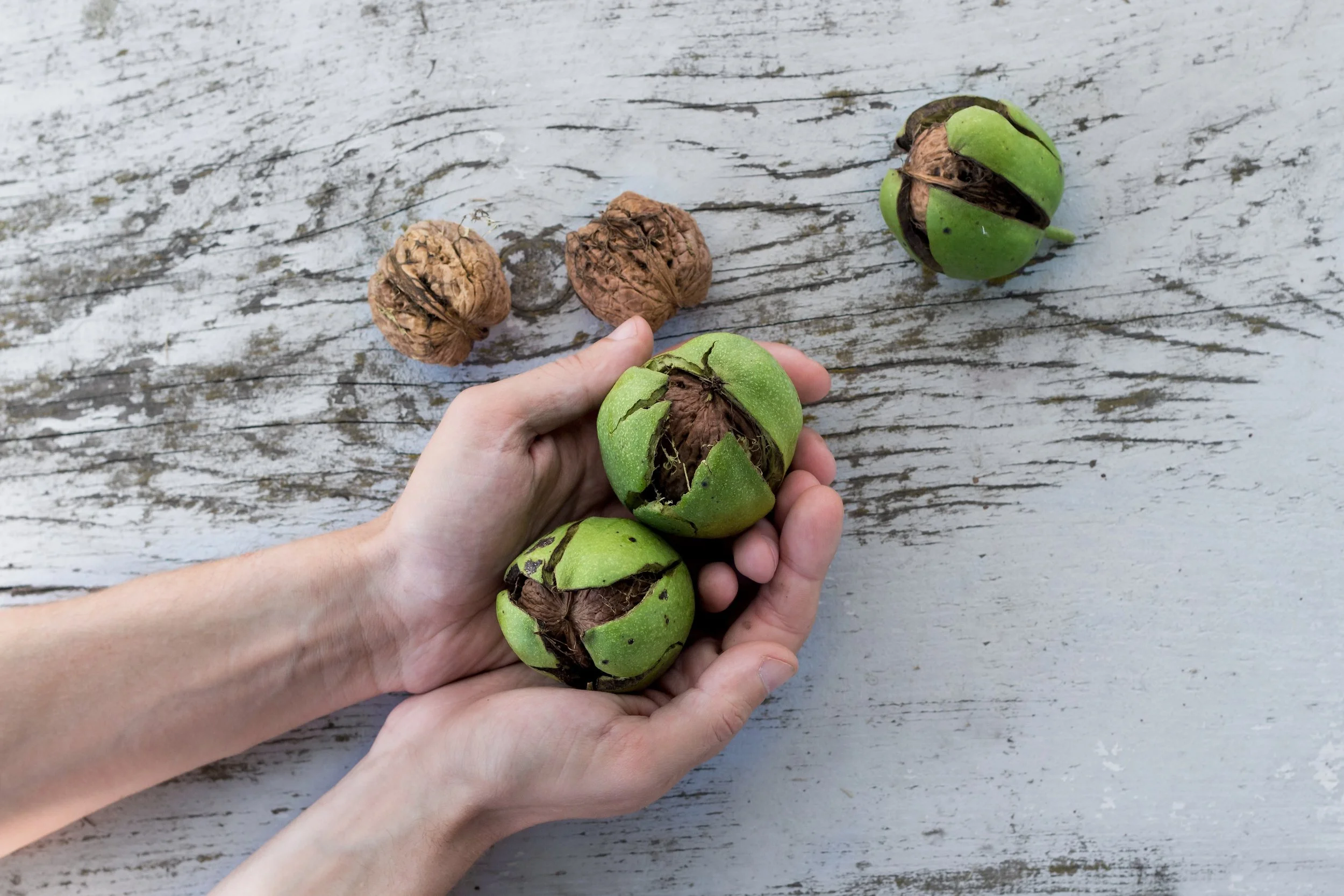Nuts: Nutrition, Mycotoxins and Delicious Recipes
Nuts can be a vital source of key nutrients and a wonderful addition to a healthy, balanced diet, appropriate for many Metabolic Types®. Loaded with vitamins, antioxidants, minerals, proteins, fats & carbohydrates, nuts can add many benefits to a holistic health and gut health plan. But they do come with some risks, especially for people with mold and mycotoxin sensitivity. Here, we’ll explore the concerns and learn how to incorporate nuts with safe practices. Easy, fresh recipes for replacing packaged products are included here, step by step.
Let’s talk about the concerns so we can move on to the goodness
Many people are aware of and/or have a specific allergy to nuts. But many are not aware of another potential issue with nut consumption, and that is the presence of mold and mycotoxins in tree nuts. The most common mold species found in nuts is aspergillus, producing the mycotoxins ochratoxin and aflatoxin. Aspergillus is introduced to the tree nut when weather or pest issues cause damage to the outer shell, opening and exposing it to the entry of the mold. Mold and mycotoxins can also accumulate in storage after being processed in food manufacturing. (Note: this applies to grains, coffee, tea, spices and corn as well.)
Approximately 25% of the general population has a genetic weakness for processing mycotoxins. That 25% is reflected in my clientele who deal with the problem.
The processing of mycotoxins takes place through the HLA-DR antigen response in the body. When it is weak, there will be a lifelong vulnerability to mold and its toxic byproduct of mycotoxins. If there is exposure to mold through the environment, building water damage or food, mycotoxin buildup in the gut and immune system occurs, often causing dysfunction and illness. This can include poor gut health, pain, brain fog, fatigue and much more. Read more here.
The major tree nuts we are concerned with here are:
almonds
cashews
hazelnuts
pine nuts
pistachios
walnuts
Brazil nuts
chestnuts
macadamia nuts
pecans
Let’s talk about how to prep these nuts for safe consumption - this is important information for anyone who has a known mold sensitivity as well as anyone who suspects this may be a problem.
The process - how to safely prep your nuts to lower mold and mycotoxin exposure
There are several steps that can be undertaken to have safer consumption of nuts in your diet. In general, nuts that are still in their shells are safe, so long as the shell is not open or cracked. Of course, we have become a culture of convenience and few stores provide whole nuts in their shells anymore. It was a favorite pastime of mine as girl to hand-crack my nuts, seeing how often I could get a perfect crack with both halves intact! (A good source that includes organic nuts in their shells is https://www.nuts.com.)
If buying pre-shelled nuts, here is the process you’ll want to follow to clean and safeguard them:
1. Handpick: Carefully inspect your nuts for signs of mold and discard any that look moldy, discolored or shriveled.
2. Rinse and soak: Typical rinsing and soaking nuts can reduce mold and water-soluble mycotoxins by 65-70%. Give the nuts a thorough rinse with pure water in a colander. Drain and pat dry. Next, place them in a bowl with enough pure water to cover, add 1 tsp hypochlorous acid per cup of nuts, and let soak for 5 minutes. The addition of the acid is likely to complete mycotoxin removal. (Over-soaking is not recommended! Hypochlorous acid works on contact, so additional time is not needed for this purpose. Other recommendations for longer soaking periods relate to the removal of phytic acid from nuts.)
3. Dehydrate: This is an important step, as dryness matters. You may use a dehydrator or if your oven bakes as low as 150 degrees (or has a dehydrator), you may use that. Good dehydrators can range in price from $58 to $200 and are readily available online.)
If you like your nuts roasted, at this point, turn the oven temperature up to 350 degrees and roast for about 8 minutes or until they are at your desired level of crispness. You may salt and/or season before they cool down, tossing them to coat.
4. Proper storage: The best choices for storage after cleaning and drying your nuts are in a glass container in the freezer or in a cold, dark place in your kitchen. Remember, minimizing moisture is key!
Key nutrients and health benefits of nuts
As mentioned earlier, nuts are loaded with healthy nutrients. Here are some of the main nutrients available in them:
vitamin E, a powerful antioxidant
selenium, a crucial mineral involved in detoxification and thyroid health
magnesium, another key mineral involved in hundreds of reactions in body biochemistry
phosphorus, a mineral that works in balance with calcium in the body
copper, a mineral required for iron synthesis and partnership with forming red blood cells. It also helps keep the blood vessels, nerves, immune system, and bones healthy.
protein, fat & carbohydrate all wrapped together (typically in a 20/60/20 ratio)
soluble fiber, fermented in the gut by healthy bacteria and converted to short chain fatty acids
In addition to all of these benefits, nuts can provide some supplemental nutrition and potentially reduce the amount of animal protein required for your individual needs. There is also evidence that they can reduce inflammation, support a healthy weight, help stabilize blood sugar, and provide cardiovascular protection.
Let’s get crackin’!
Here are 2 simple, staple recipes with nuts. If you’re up for whole, shelled nuts and cracking, begin there. Otherwise, complete the process above to prep your nuts and follow the next steps to get to your delicious food.
Nut butter.
Nut butter is a delicious and convenient addition to a veggie or fruit for a snack, as well as a great addition to smoothies and toast. Here are the steps for making fresh nut butter from your healthy, prepped nuts. It’s creamier and has none of that oily separation and “old” taste that packaged nut butters can have. (Packaged products also have not been treated for mycotoxins.)
Choose your nut (or blend of nuts if you prefer), 2-3 cups based upon desired quantity of butter. Roast at 350 degrees for 8-10 minutes. Remove skins from hazelnuts or Brazil nuts if using.
Place in food processor and blend (nothing else added!) for 8 minutes. Stop the processor, scrape the sides and blend for another 5 minutes. Scrape one more time, add any flavors or seeds you like (salt, hemp seed, chia seed, chocolate, cinnamon, cayenne pepper, tamari sauce, curry powder, etc) and blend another 1-2 minutes or until creamy. The addition of hemp or chia seeds will increase the omega 3’s in your nut butter.
Scrape into a container and refrigerate or store in a cool, dry place for up to a month.
Nut milk.
Store-bought nut milks have low nutrient profiles. The pasteurization of nut milks leave them void of the rich nutrients that fresh nut milk can provide (and also have not been prepped for mycotoxin removal). For this recipe, begin with either cracked whole nuts or raw nuts you’ve rinsed and soaked - you may skip the drying process as we’ll be soaking again for this recipe. (Note: if making hemp seed milk, this process is not needed.)
Choose the amount of nuts: water ratio you want for your milk. Store-bought, thin milk is about 1/4 cup nuts: 4 cups milk. The creamier you want your milk to be, the more nuts you will use (up to 2 cups for 4 cups water). The standard/mid-range is 1 cup nuts: 4 cups water. Place the nuts in a container to soak for 4-12 hours - this step just helps to bring out the flavor of the nuts. It’s natural to see the cloudy water develop as the nuts soak.
Drain the nuts and briefly rinse with clear water.
Place the nuts into a blender a along with 4 cups of water and blend until creamy, about 2 minutes.
Strain the mixture with a milk or cheese cloth into a bowl. This is the step where you’ll add flavoring if you wish. Pure vanilla extract, nutmeg and cardamom extracts are wonderful additions to nut milk. Orange extract as well as lavender, chocolate and almond are also delicious. Begin with a few drops, stirring into the milk and add as desired, to taste.
Pour into a glass container and refrigerate for up to 5 days. If you have surplus milk that is unused at this point, you can pour it into ice cube trays and freeze for adding to smoothies.
Summing up
For those with mold and mycotoxin issues, the loss of nuts, nut butters and nut milks in their diets can be a big one. These practices can allow moderate consumption of nuts and nut-based foods in their daily diets without the concern of adding to mycotoxin over-accumulation.
If you are struggling with mold toxicity and potential mycotoxins (or suspect you might be), please reach out to me to begin a full investigation and customized healing program. Mold and mycotoxins produce numerous dangerous effects on your health . It is important to learn about this and develop lifelong habits to reduce your risks, given that the susceptibility is also lifelong. Contact me at Julie@truenaturehealthconsulting.com for more information. We provide holistic telehealth services.





